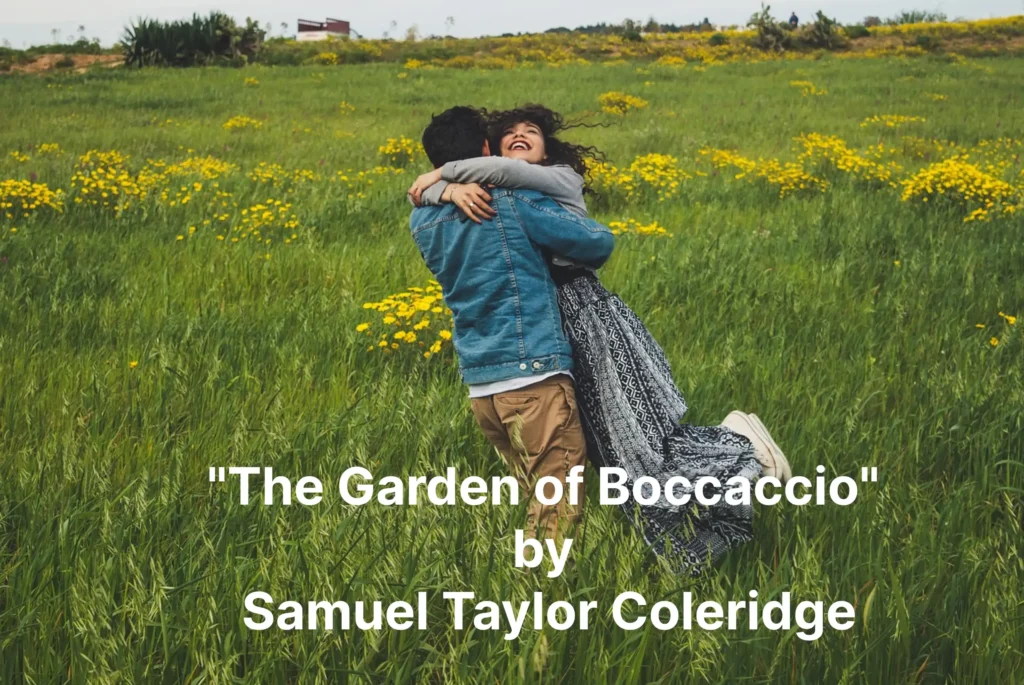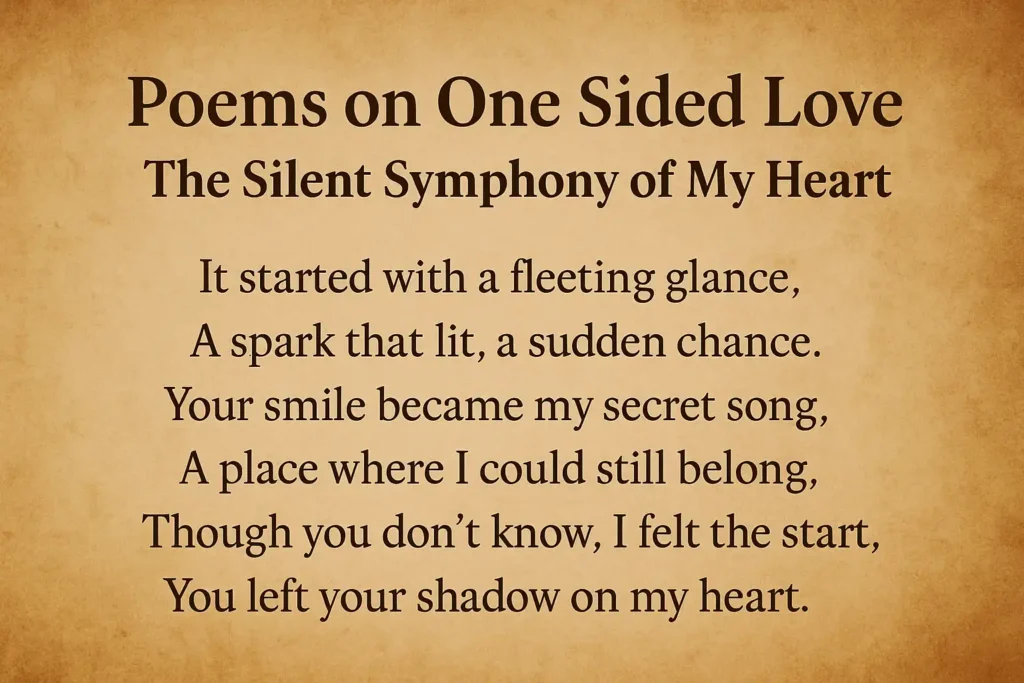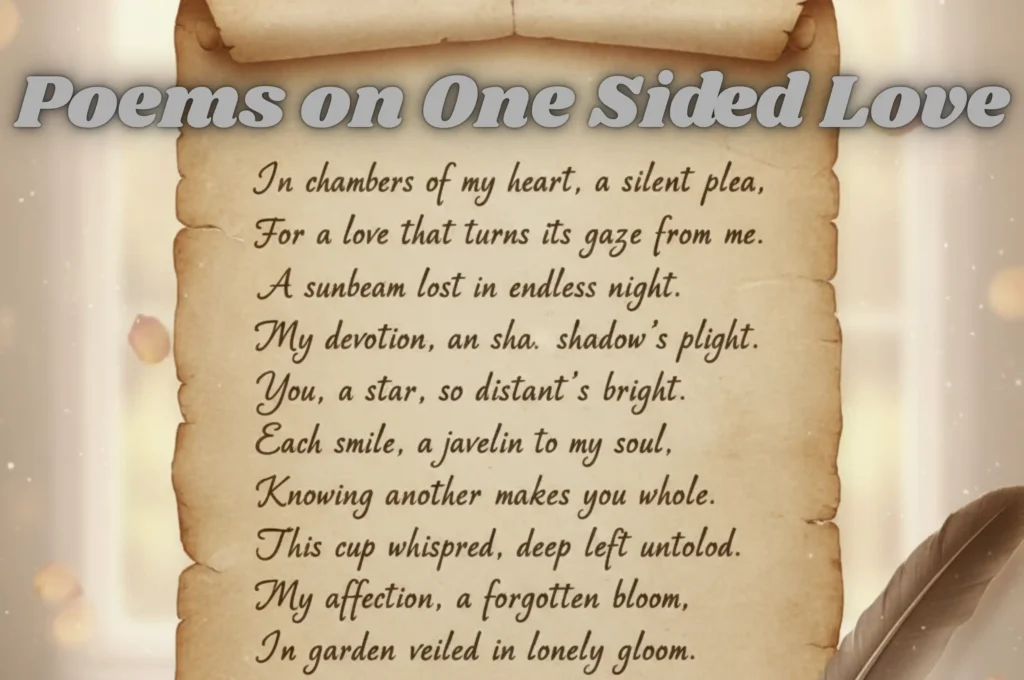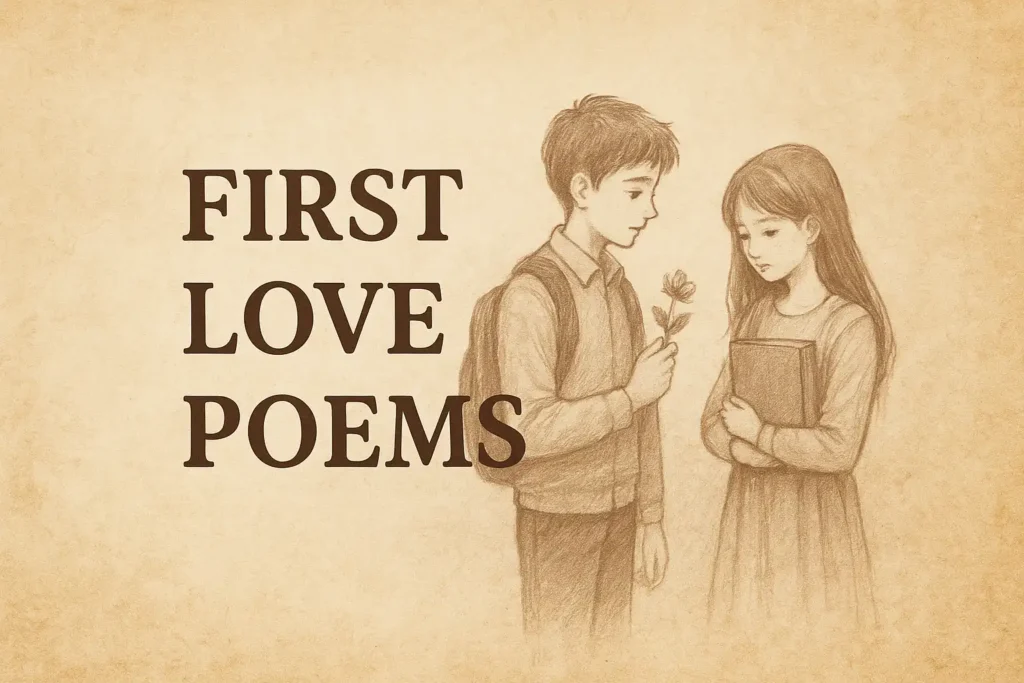Introduction
‘The Garden of Boccaccio’ by Samuel Taylor Coleridge is a poem that melds historical and literary inspiration, creating a rich tapestry for readers to explore. Written in the early 19th century, the poem reflects Coleridge’s fascination with medieval themes and the romantic idealization of past eras. The title itself pays homage to Giovanni Boccaccio, an Italian writer and poet whose works profoundly influenced the literature of the Renaissance and beyond.
Set against the backdrop of Boccaccio’s life and works, Coleridge’s poem delves into themes of beauty, nostalgia, and transcendence. The garden serves as a metaphorical space where natural and artistic beauty converge, symbolizing both earthly delights and the transcendent nature of creative expression. It is through this lush, imaginative landscape that Coleridge explores the human experience, touching upon the ephemeral nature of time and the enduring power of art and poetry.
Coleridge’s inspiration for ‘The Garden of Boccaccio’ can be traced to his deep appreciation for the literary traditions of the past, particularly the works of Italian authors like Boccaccio. The poem reflects his admiration for the Decameron and other classical texts, weaving them into the rich fabric of his own creative narrative. The interplay between Coleridge’s romantic ideals and the historical influence of Boccaccio creates a nuanced and layered literary piece, inviting readers to reflect on the connections between past and present, as well as the universal themes that transcend time.
Also Read: Lyrical Ballads
In this poem, Coleridge masterfully employs vivid imagery and lyrical language to transport readers into a dreamlike garden, where the lines between reality and imagination blur. As we delve deeper into the analysis of ‘The Garden of Boccaccio,’ it becomes evident that the poet’s exploration of beauty, artistry, and the passage of time offers a profound commentary on the human condition, enriching the reader’s understanding and appreciation of Coleridge’s work.
The Garden of Boccaccio by Samuel Taylor Coleridge

Table of Contents
Of late, in one of those most weary hours,
~ Samuel Taylor Coleridge
When life seems emptied of all genial powers
A dreary mood, which he who ne’er has known
May bless his happy lot, I sate alone;
And, from the numbing spell to win relief
Call’d on the Past for thought of glee or grief
In vain! bereft alike of grief and glee,
I sate and cow’r’d o’er my own vacancy!
And as I watch’d the dull continuous ache,
Which, all else slumb’ring, seem’d alone to wake;
O Friend! long wont to notice yet conceal,
And soothe by silence what words cannot heal
I but half saw that quiet hand of thine
Place on my desk this exquisite design.
Boccaccio’s Garden and its faery
The love, the joyaunce, and the gallantry!
An Idyll, with Boccaccio’s spirit warm,
Framed in the silent poesy of form.
Like flocks adown a newly-bathéd steep
Emerging from a mist: or like a stream
Of music soft that not dispels the sleep,
But casts in happier moulds the slumberer’s dream,
Gazed by an idle eye with silent might
The picture stole upon my inward sight.
A tremulous warmth crept gradual o’er my chest,
As though an infant’s finger touch’d my breast.
And one by one (I know not whence) were brought
All spirits of power that most had stirr’d my thought
In selfless boyhood, on a new world tost
Of wonder, and in its own fancies lost;
Or charm’d my youth, that, kindled from above,
Loved ere it loved, and sought a form for love;
Or lent a lustre to the earnest scan
Of manhood, musing what and whence is man!
Wild strain of Scalds, that in the sea-worn caves
Rehearsed their war-spell to the winds and waves;
Or fateful hymn of those prophetic maids,
That call’d on Hertha in deep forest glades;
Or minstrel lay, that cheer’d the baron’s feast;
Or rhyme of city pomp, of monk and priest,
Judge, mayor, and many a guild in long array,
To high-church pacing on the great saint’s day:
And many a verse which to myself I sang,
That woke the tear, yet stole away the pang
Of hopes, which in lamenting I renew’d:
And last, a matron now, of sober mien,
Yet radiant still and with no earthly sheen,
Whom as a faery child my childhood woo’d
Even in my dawn of thought — Philosophy;
Though then unconscious of herself, pardie,
She bore no other name than Poesy;
And, like a gift from heaven, in lifeful glee,
That had but newly left a mother’s knee,
Prattled and play’d with bird and flower, and stone,
As if with elfin playfellows well known,
And life reveal’d to innocence alone.
Thanks, gentle artist! now I can descry
Thy fair creation with a mastering eye,
And all awake! And now in fix’d gaze stand,
Now wander through the Eden of thy hand;
Praise the green arches, on the fountain clear
See fragment shadows of the crossing deer;
And with that serviceable nymph I stoop,
The crystal, from its restless pool, to scoop.
I see no longer! I myself am there,
Sit on the ground-sward, and the banquet share.
‘Tis I, that sweep that lute’s love-echoing strings,
And gaze upon the maid who gazing sings:
Or pause and listen to the tinkling bells
From the high tower, and think that there she dwells.
With old Boccaccio’s soul I stand possest,
And breathe an air like life, that swells my chest.
The brightness of the world, O thou once free,
And always fair, rare land of courtesy!
O Florence! with the Tuscan fields and hills
And famous Arno, fed with all their rills;
Thou brightest star of star-bright Italy!
Rich, ornate, populous –all treasures thine,
The golden corn, the olive, and the vine.
Fair cities, gallant mansions, castles old,
And forests, where beside his leafy hold
The sullen boar hath heard the distant horn,
And whets his tusks against the gnarléd thorn;
Palladian palace with its storied halls;
Fountains, where Love lies listening to their falls;
Gardens, where flings the bridge its airy span,
And Nature makes her happy home with man;
Where many a gorgeous flower is duly fed
With its own rill, on its own spangled bed,
And wreathes the marble urn, or leans its head,
A mimic mourner, that with veil withdrawn
Weeps liquid gems, the presents of the dawn; —
Thine all delights, and every muse is thine;
And more than all, the embrace and intertwine
Of all with all in gay and twinkling dance!
Mid gods of Greece and warriors of romance,
See! Boccace sits, unfolding on his knees
The new-found roll of old Maeonides;
But from his mantle’s fold, and near the heart,
Peers Ovid’s Holy Book of Love’s sweet smart!
O all-enjoying and all-blending sage,
Long be it mine to con thy mazy page,
Where, half conceal’d, the eye of fancy views
Fauns, nymphs, and wingéd saints, all gracious to thy muse!
Still in thy garden let me watch their pranks,
And see in Dian’s vest between the ranks
Of the trim vines, some maid that half believes
The vestal fires, of which her lover grieves,
With that sly satyr peeping through the leaves!
Source: The Complete Poetical Works of Samuel Taylor Coleridge
Summary of ‘The Garden of Boccaccio’
Samuel Taylor Coleridge’s poem “The Garden of Boccaccio” pays homage to the renowned Italian writer Giovanni Boccaccio. The poem vividly encapsulates an idyllic setting inspired by Boccaccio’s literary works, particularly emphasizing a garden that symbolizes a retreat into a world of harmony and nature’s beauty. The narrative of the poem unfolds in a serene landscape that stands as an emblem of escape from the tumultuous experiences of the real world. As Coleridge delineates this utopian garden, he invites readers into a world where poetry and nature intertwine seamlessly.
The poem begins with an inviting tone, drawing attention to the tranquility and aesthetic of the garden. The imagery used vividly describes lush greenery, colorful flowers, and a soothing atmosphere that is almost otherworldly in its perfection. Coleridge’s depiction is not just a simple description but an evocative celebration of natural beauty that stirs the senses. The poet personifies the elements of the garden, bestowing upon them a life of their own, which enriches the overall ambiance and augments its mystic charm.
A significant focus of the poem is on the inspiration drawn from Boccaccio’s tales, bringing forth the theme of storytelling. The garden is portrayed as a sanctuary for lovers, poets, and dreamers, highlighting the intimate connection between nature, love, and creative expression. The characters within the poem are thus not just inhabitants of the garden but embodiments of the high ideals that Boccaccio revered and portrayed in his works. Coleridge seamlessly weaves the theme of literary tradition through his verses, alluding to Boccaccio’s influence on the arts and the reverence poets hold for such timeless narratives.
Through “The Garden of Boccaccio,” Coleridge illustrates a realm where peace, beauty, and artistic inspiration converge, offering solace from the chaos of everyday existence. The poet’s language emphasizes the sensuous and almost magical qualities of the garden, making it an eternal sanctuary celebrated across generations. Such vivid depictions ensure that readers not only visualize but feel the tranquil ethos of Boccaccio’s literary oasis, thereby immersing themselves in a timeless narrative crafted with poetic finesse.
Conclusion
In this detailed exploration of Samuel Taylor Coleridge’s ‘The Garden of Boccaccio,’ we have traversed its intricate layers and multifaceted themes. This work stands as a testament to Coleridge’s profound engagement with Romanticism, weaving together both personal reflections and broader literary traditions. We have delved into Coleridge’s use of poetic devices, his nuanced representation of nature, and his interplay with previous literary influences, notably Giovanni Boccaccio.
The poem’s vivid imagery and immersive narrative invite readers to reflect on the intersection of reality and imagination, a core element of Coleridge’s poetic philosophy. By situating ‘The Garden of Boccaccio’ within the wider context of his oeuvre, we gain a deeper appreciation of his intellectual rigor and artistic vision. The poem not only exemplifies Coleridge’s stylistic prowess but also underscores the transformative power of literature as a bridge between past and present.
‘The Garden of Boccaccio’ continues to hold a significant place in literary history, resonating with readers and scholars alike. Its rich tapestry of symbols and allusions offers endless avenues for interpretation, ensuring its relevance across generations. As we conclude, it is evident that Coleridge’s meticulous crafting of this poem cements its status as a cornerstone of Romantic literature, reflecting the enduring legacy of his artistic achievements.
Read About: Samuel Taylor Coleridge
Also Read About: William Wordsworth
Read Articles Related to Business and Technology: https://byqus.com



















